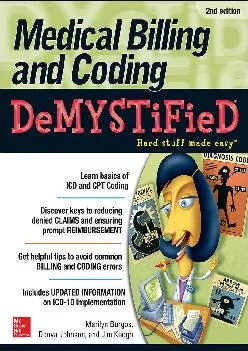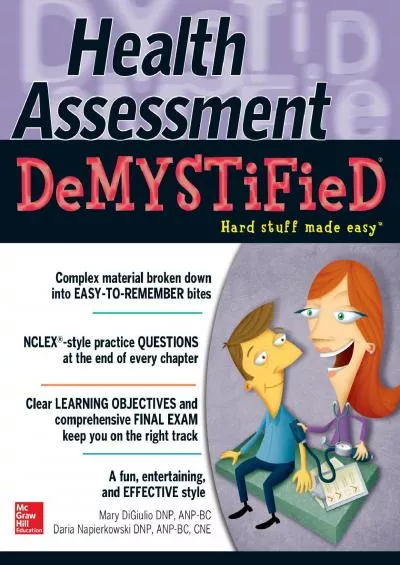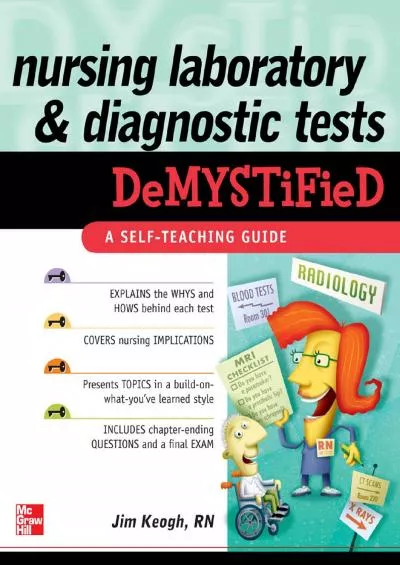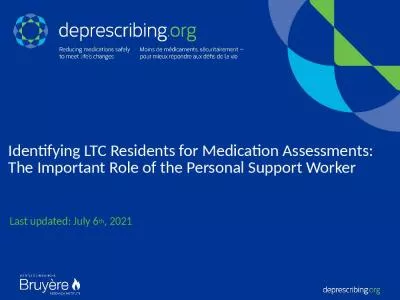PPT-Deprescribing Demystified
Author : trish-goza | Published Date : 2018-12-15
Lynsey E Brandt MD PharmD Geriatrics Consult Program September 1 2016 Geriatrics Consult Program Lynsey Brandt MD PharmD Located at Wilmington Hospital Gateway Building
Presentation Embed Code
Download Presentation
Download Presentation The PPT/PDF document "Deprescribing Demystified" is the property of its rightful owner. Permission is granted to download and print the materials on this website for personal, non-commercial use only, and to display it on your personal computer provided you do not modify the materials and that you retain all copyright notices contained in the materials. By downloading content from our website, you accept the terms of this agreement.
Deprescribing Demystified: Transcript
Download Rules Of Document
"Deprescribing Demystified"The content belongs to its owner. You may download and print it for personal use, without modification, and keep all copyright notices. By downloading, you agree to these terms.
Related Documents

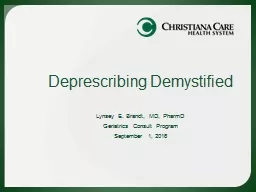



![[EPUB] - Molecular Gastronomy: Scientific Cuisine Demystified](https://thumbs.docslides.com/887300/epub-molecular-gastronomy-scientific-cuisine-demystified.jpg)
![[EPUB] - The College Visit Journal: Campus Visits Demystified](https://thumbs.docslides.com/906312/epub-the-college-visit-journal-campus-visits-demystified-61c0a4e4d64bf.jpg)
